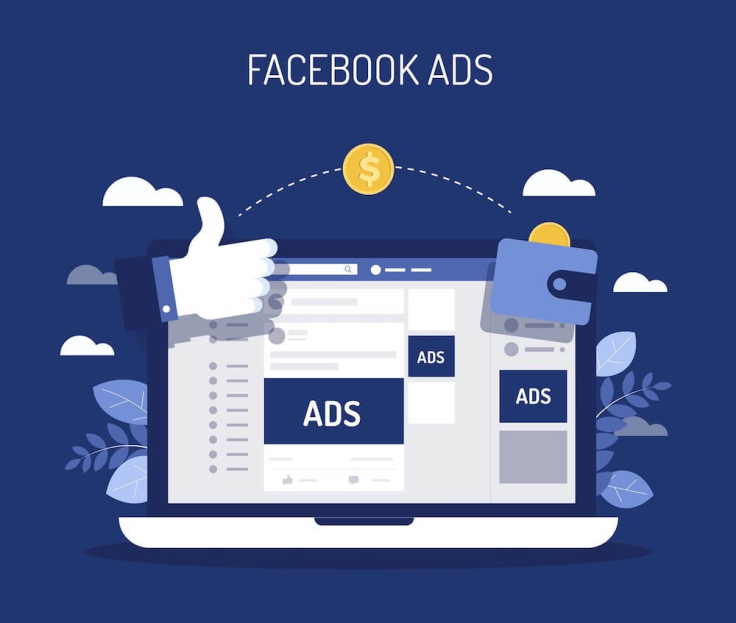
Effective Facebook and Twitter advertising starts with creating a compelling ad, but you also need to find and target the right audience to show that ad. And if they are using VPN apps, this job can be quite challenging. VPNs are used by people trying to stay anonymous online, prevent spying, and to browse the internet freely. The question is, which audience do you want to reach? And How do you reach them?
Your potential customers are fictional, generalized characters that share demographics, interests, and goals with your real customers. Over 80% of internet users use Facebook and Twitter, and 93% of marketers use Facebook as an advertising platform. So, you probably are asking what kind of strategies and ads will be the most profitable for you and your company. We are here to answer that question.
How to target Facebook users that are using VPNs on a daily basis?
Here are the three basic types of customers you will come across:
Saved audience - lets you target people based on demographics, interests, locations. For demographics, you have a lot of targeting options to choose from. Age, gender, language - you name it! As for interests - this one is quite simple. All you have to do is, to target people interested in your industry or industries related to your business. You can target people interested in your competitor's products or services, magazines, and blogs covering your market. Type one of the interests and then you can look for suggestions that Facebook provides you with. Those are some of the options that you can use to target people. You can also target people through life events, ethnicity, political views, and so on.
Custom audience - : if your visitors use antiviruses
Lookalike audience - lets you target people who look like your existing customers. This is an automatic process that will ask you to target a similar set of people after analyzing all your previous steps and preferences.
How to target Twitter users that are using VPNs on a daily basis?
With Twitter, you can do different kinds of promotions. You can promote your website, you can add more engagement on your tweets, you can get more followers, you can do video ads and similar actions. To organize all that you have to use Twitter Ads.
Once you have created an ad Group, you will find different types of options that are not obligatory and then select the tweet that you want to promote. There are many options when it comes to your ad placement. If you want to show your ad on profiles and tweet, detail pages, expand your search on Twitter, or audience platform. You can select any category that describes your ad. This is very similar to the Facebook manager.
Followers targeting
Follower targeting lets you target followers of relevant accounts. These are people who are likely to share similar interests to a business because they already follow brands similar to yours. Targeting the followers similar to the account will automatically create an audience based on the interests of those followers. This means that you must analyze your competitor's influences and similar audiences.You might also consider turning followers of industry use into an account.
Keyword targeting
Twitter is a platform where people are constantly expressing their thoughts, opinions, wants, and needs. The Twitter ads give you the option to target based on recently tweeted prices, or recently searched items. This is a tactic that will be hard to apply to people who are trying to keep their data safe, however, many of us aren't.
Emoji targeting
Emoji targeting is in the same category as keyword targeting, but the approach is a little different. You should understand the context of emojis and how they are being used that might be relevant to your business. It is also important to understand the emoji context.
Age and gender targeting
Twitter doesn't ask its uses for the agenda, but it does read into signals for gender-based targeting. It's not perfect, but it gives you an idea. You have the option to target men, women, or any gender, as well as all ages, or to specify an age range. Almost a quarter of adults use a VPN. Users of VPN are more likely to be young males and to have a University degree.
Language targeting
As well as age targeting, Twitter uses the number of signals in conjunction with the user's language settings in the profile to determine the user's language.
Interests targeting
This is a very important option to target your buyers. There are 25 interest categories and 350 subcategories. It's important to adjust your interest selection as it's necessary.
Behavioral targeting
This option is available in the US and UK. You can reach people based on a variety of behaviors anywhere, from users' online and offline purchases to annual income. A lot of other opportunities include types of restaurants they frequent, buying styles, and the type of car they own. You should start with basic traits first, and then test campaign performance.
Device targeting
There are several targeting possibilities: operating system, type of device, Wi-Fi connectivity, type of mobile carrier, and new device.
The flexible audience (also called retargeting audience)
You can target users who have visited your web page, or who have taken specific action on your app. You can combine those audiences into a flexible audience.
What makes Twitter good for targeting ads is because the words that you use in your conversation, serve as keywords. You can run ad targeting, based on one word that is related to your business. Your updates are always at the top of the newsfeed. Twitter is a direct connection to the persons that are making decisions.
Even if VPN users are using private browsing mode, the digital footprint can be collected.VPN can hide IP address and location, but it is not designed for online apps.
© Copyright 2024 Mobile & Apps, All rights reserved. Do not reproduce without permission.
















